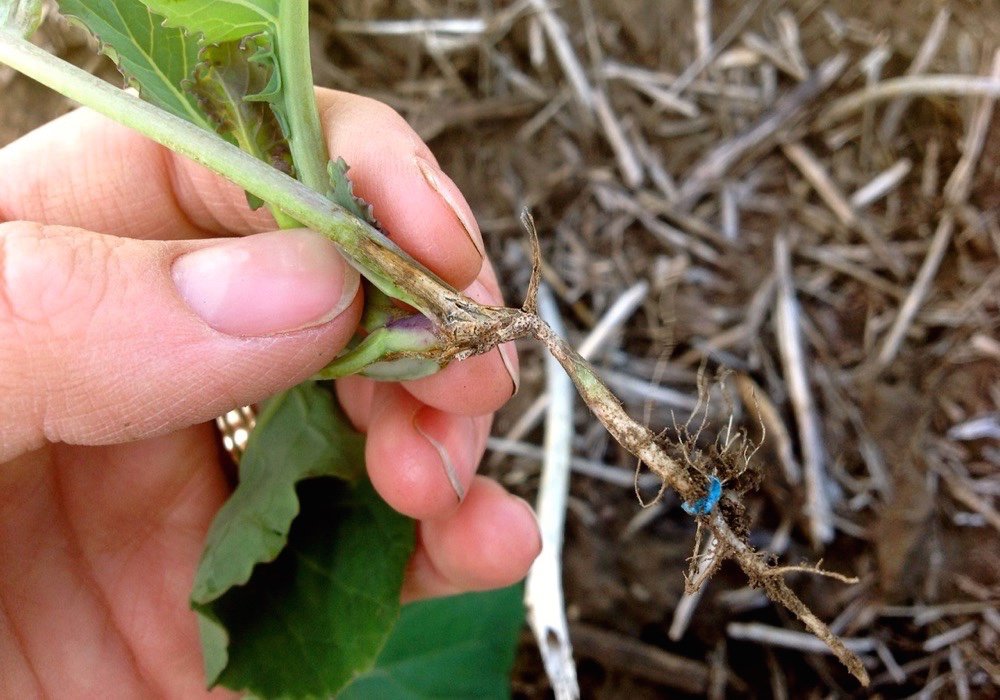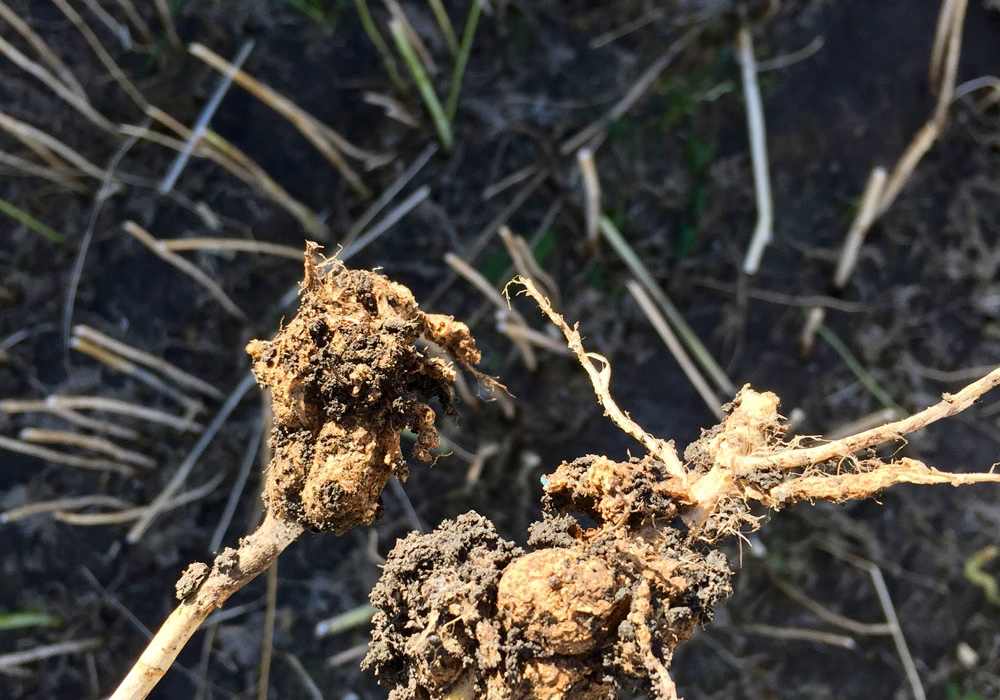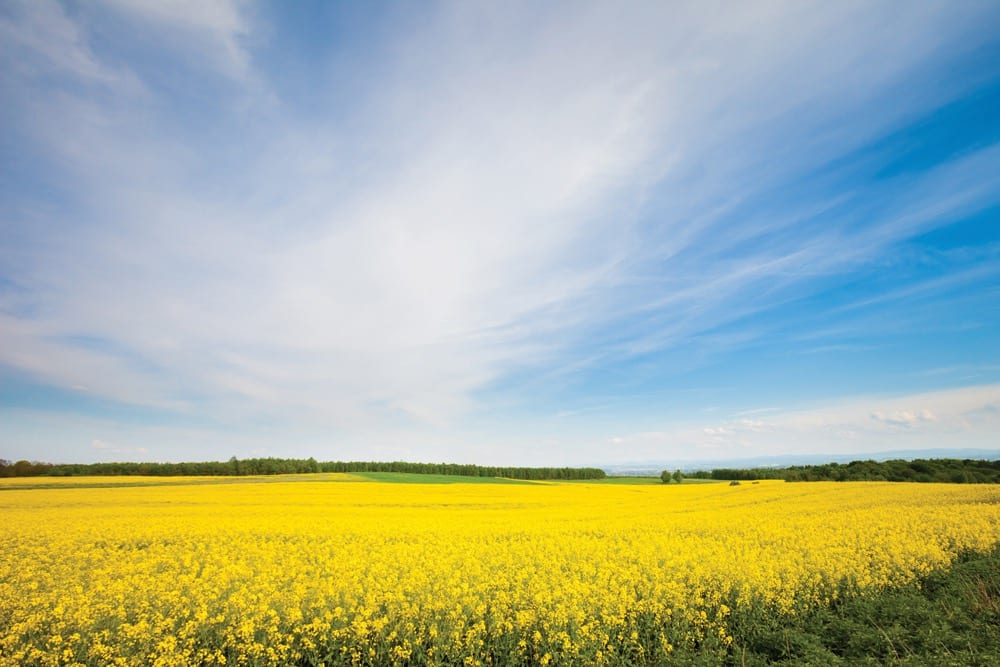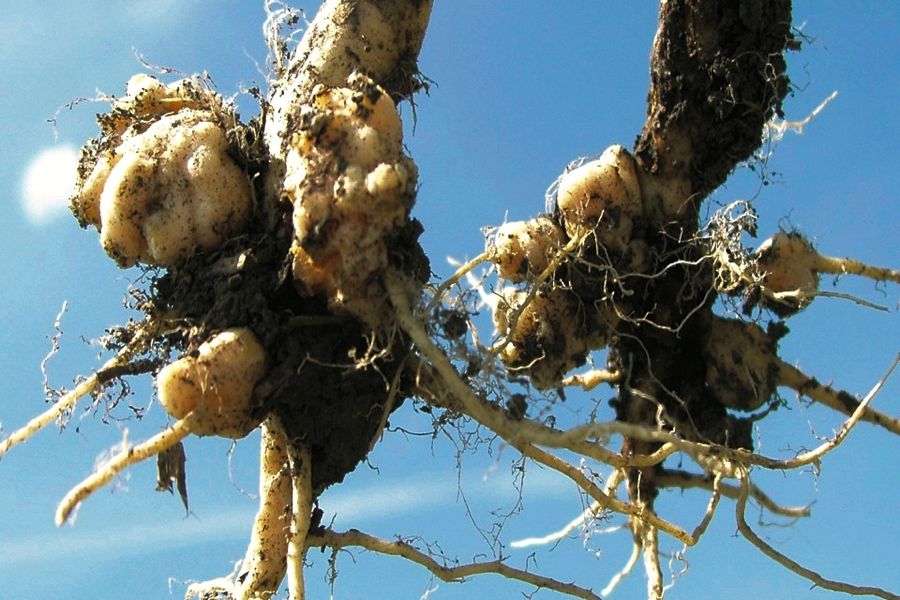With more hybrids on the market, how can you choose the best one for your farm?

Every year, some 43,000 western Canadian growers choose a canola seed variety. And every year they have more options to choose from. Here’s what you need to consider when choosing a variety for your farm.
1. Yield

The first factor to consider when choosing a canola variety is yield, said Rene Mabon, agronomy and regulatory manager at Brett Young Seeds. Yield data is available from seed companies and retailers. Mabon also recommends checking out the Canola Council of Canada’s canola performance trials (www.canolaperformancetrials.ca).
Shaan Tsai, product development manager at Canterra Seeds, agrees, pointing out that higher yields mean bigger bottom lines. “It should therefore be worth the effort to spend the time and seek out multiple sources and multiple years of information and data to make the best possible decision,” he said.
Mabon also suggests growers choose more than one variety to spread risk, and consider rotation benefits, like herbicide history and disease. Lodging, standability and maturity are all important factors to consider as well, he said.
There are a lot of good varieties to choose from. “The companies do a pretty good job of filtering out any poor choices,” said Mabon. “But sometimes some growers do hone in on very narrow points — a certain type or a certain disease — when maybe they need to be doing other things on their farm to manage that disease better.”
Growers often look too narrowly — seeking our primarily local data, Mabon said. “Sometimes you need to look at more than one source of data and look a little more widely,” he said. “They may be underestimating or overestimating potential choices by only looking at one local trial.”
2. Weed control options

While it’s natural that growers focus on yield, Lyle Cowell, regional agronomist at Crop Production Services in northeast Saskatchewan, doesn’t think that criteria is as important as it used to be. “There’s a lot more parity between varieties than there used to be in terms of yield potential,” he said. “I don’t think that that is necessarily the first thing people should look at.”
“The most obvious and first step I think to take in choosing a variety is actually in making sure that weed control is adequate,” said Cowell. “Because there’s good-yielding varieties amongst all three herbicide systems.”
3. Disease package

Growers, Cowell said, should start paying more attention to disease resistance. Control of blackleg and clubroot largely relies on genetics, since fungicides do not easily control those diseases.
“Recently, because there has been more findings of clubroot, there’s been more focus on selecting clubroot-resistant varieties,” he said. “But we have to remember in Western Canada, blackleg is in all fields and certainly is a disease that has the greatest risk, so they really need to think about both clubroot and blackleg resistance in varieties.”
Tsai agrees, pointing to a recent Agriculture and Agri-Food Canada study that shows that even low levels of blackleg infection can drop canola yields by as much as 20 per cent. “Due to the frequency and variability of blackleg populations in different fields, choosing varieties with multiple genes of resistance that offer a broad defense against the disease is recommended,” he said.
4. Other traits

Cowell also mentions factors like growing season and pod shatter resistance. “There’s been a lot of focus in the past few years on selecting varieties for shatter resistance,” he said. “And that can be important depending on how you want to harvest your crop, but at the same time a person shouldn’t select that in front of things like weed control or disease resistance.”
Buy early
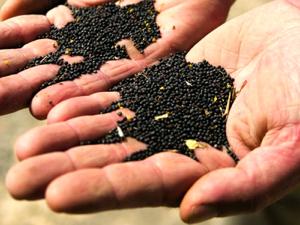
When you’re spending about $60/acre on seed, the cost can be significant.
“There’s almost always an advantage for people to, if not actually pay for and buy canola early, at least indicate their intentions to the retailers to book the seed for spring,” Cowell said.








